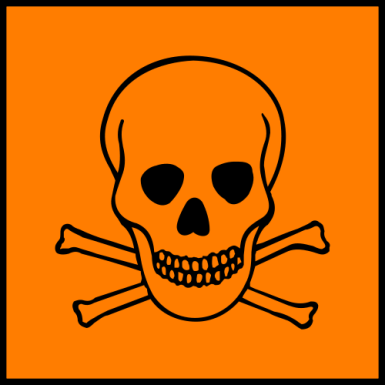
Reducing Harmful Chemicals In Your Home: A How-to Guide
Toxins seem to be everywhere in our society. The sheer number of mass-produced plastics, chemical pesticides used on fruits and vegetables, and processed materials means a lot of harmful substances can make it into your home if you aren’t careful. Some of the big ones include bisphenol A (better known as BPA), phthalates, and agricultural chemicals, all of which are also included in a family of chemicals known as endocrine disrupting chemicals (EDCs). These materials can interfere with hormone systems, causing developmental disorders, birth defects, and even cancerous tumors.
The most famous EDC is BPA. An integral component for polycarbonate plastics, BPA can be found in just about any plastic products: bottles, food containers, cutlery, and sometimes, even toys. High BPA exposure can mean increased risks of cancer, endocrine system disruption, and has even been linked to heart arrhythmia and reductions in sexual function. Pregnant women are even more at risk, with research suggesting that BPA could affect the development of the brain, organs, and behavior in the fetus.
Avoiding BPA isn’t too difficult if you are a vigilant consumer. Use stainless steel or glass water bottles and food containers, and buy fresh, organic foods that don’t come jarred or in plastic containers. For mothers-to-be, make sure you aren’t consuming products from plastic containers while pregnant, and don’t use baby bottles for your newborn that contains BPA. Always check the label to see if the product explicitly says it doesn’t contain BPA, and when in doubt, go for a plastic-free option.
Some products might replace BPA with another material, bisphenol S (BPS), which is considered by some manufacturers to be less prone to leaching out of the plastic into food or liquid. Studies now suggest that BPS can also get into your body, with the same effects as BPA. Just because it’s a replacement, doesn’t mean it’s safe for you or your family.
Another group of common EDCs that can make it into your home and body are phthalates. These are a number of chemicals that are used to soften plastics and bind chemicals together, and they can be found in a lot of bathroom products, such as shampoos, soaps, and even in the linings of shower curtains. When there were high enough exposure rates, they have linked to an increase in ADHD, decrease sexual development in males, and do much the same as other EDCs have been show to do.
To avoid phthalates, do much the same as you would in avoiding BPA: use stainless steel or glass containers, wash your foods, and don’t microwave food or drink in plastic containers. As well, to get rid of the chemicals in your bathroom, avoid shampoos and soaps that list “fragrance” as an ingredient. Manufacturers don’t have to tell you what’s in their fragrances, so just avoid them altogether. Luckily, all forms of phthalate are already banned from the production of toys.
 Getting rid of chemicals in the house often means making correct consumer choices. Purchase organic materials, wash your foods, avoid plastic products and packaging, and read the labels. If you can’t avoid plastics, look for the recycling symbol – the little number often on the bottom of a bottle or package. These denote what kind of plastic the material is made of, and if the number is a 2, 4, or 5, you are at your safest. 3, 6, and 7 are the ones to avoid.
Getting rid of chemicals in the house often means making correct consumer choices. Purchase organic materials, wash your foods, avoid plastic products and packaging, and read the labels. If you can’t avoid plastics, look for the recycling symbol – the little number often on the bottom of a bottle or package. These denote what kind of plastic the material is made of, and if the number is a 2, 4, or 5, you are at your safest. 3, 6, and 7 are the ones to avoid.
Remember, don’t always trust the manufacturer to tell you a certain product or chemical is safe. If anything seems off to you, trust your judgment, and do your homework. The best person to trust for a chemical-free home is you!
